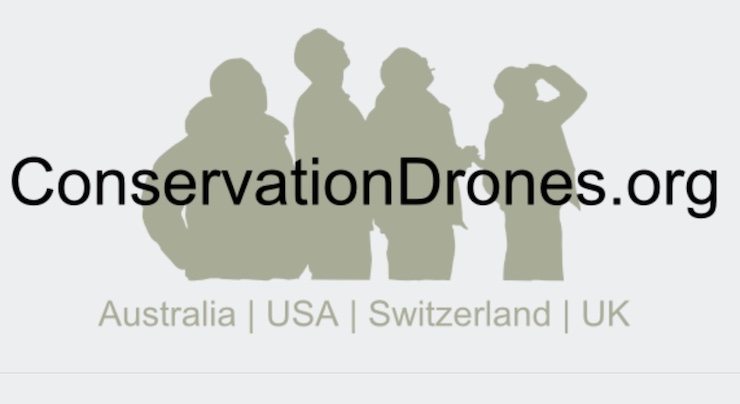ConservationDrones.org Helps Researchers In Undeveloped Countries Build Drones for Conservation Purposes

In January of 2011, Lian Pin Koh, a conservation ecologist, and Serge Wich, a primate biologist, met in Zurich as part of a forum discussing the challenges of wildlife conservation in Southeast Asia. Through their discussions, the pair came up with the idea of using drones as tools in wildlife conservation. The drones, they realized, could be used to observe and collect data on animals and their habitats without becoming too intrusive. At this time, the commercial drone industry was still very young. Lian and Serge found that commercially available drones were far too costly for conservationists working in developing countries with extremely limited budgets.
So, Lian and Serge built their own prototype, bringing it to North Sumatra, Indonesia for a field test in February of 2012. Their drone, which cost them less than $2,000 to build, completed 30 missions over 4 days. Lian and Serge believe that this was the first time an amateur drone had been used to document tropical rain forests for research purposes. Upon returning home to Europe, they uploaded some of the thousands of high quality images and videos captured with the drone to YouTube. Their footage caught the attention of Mongabay.com, a website developed by American journalist Rhett Ayers Butler dedicated to publishing information on environmental conservation endeavors.
Mongabay.com ran a story on Lian’s and Serge’s drone mission in North Sumatra. After receiving an overwhelming amount of attention from the press and other conservationists, Lian and Serge founded ConservationDrones.org in April of 2012. Under the fiscal sponsorship of Mongabay Org Corp, the nonprofit ConservationDrones has grown to be a worldwide initiative supporting drones for conservation measures. As stated on their website, “ConservationDrones.org seeks to share knowledge of building and using low-cost unmanned aerial vehicles for conservation-related applications with conservation workers and researchers worldwide, especially those in developing countries.” The website goes on to state their specific objectives as to “build capacity in the developing tropics to use unmanned aerial vehicles for conservation, raise public awareness of conservation challenges in those regions, inspire others to adapt emerging technologies for conservation.”
The website has information on how to build a drone, not just the hardware, but software too. They provide seminars and a bevy of educational tools for conservationists wanting to adopt drone technologies. One of the most important things ConservationDrones does is to give developing nations the resources needed to manage their own conservation programs. In September of 2021, Serge and one of his assistants, Katie Doull, held a workshop for the Environmental Protection in the Caribbean (EPIC) in St. Vincent. Over 5 days, 6 people worked closely with Serge and Katie to learn how they could build and pilot a drone, along with all the safety concerns surrounding drones. They also learned how to use the drone for an array of environmental data collection.
Since its inception, ConservationDrones has sent representatives all over the world to establish drone based conservation programs. Their efforts are building a framework of how drones can be used in multiple conservation studies. But, perhaps the most important thing ConservationDrones has accomplished is getting people excited about conservation. They have proven that being a conservationist is something anyone can do with affordable drone technology.
|